A Collection of Medals to the Royal Engineers A fine Great War Givenchy 1915 operations D.S.O., probable Mons 1914 operations M.C. group of six awarded to Brevet Major M. R. Wingate, Royal Engineers Distinguished Service Order, G.V.R., in silver-gilt and enamels, the reverse of the suspension bar privately engraved, ‘Lieut. M. R. Wingate, R.E., 11-3-1915’; Military Cross, G.V.R., the reverse privately engraved, ‘2nd Lieut. M.R. Wingate, R.E., 18-2-1915’; 1914 Star, with clasp (2 Lieut., R.E.); British War and Victory Medals, with M.I.D. oak leaf (Bt. Major); French Croix de Guerre 1914-1916, with palm the first two with neatly soldered suspension loops, enamel work slightly chipped in places, otherwise good very fine and better (6) £1800-2200 Footnote D.S.O. London Gazette 10 March 1915: ‘For conspicuous gallantry on numerous occasions under dangerous conditions, especially at Givenchy on 27 January 1915, when he led a small party and blew in the head of the enemy’s sap at the White House.’ M.C. London Gazette 19 February 1915. French Croix de Guerre London Gazette 8 December 1916. Malcolm Roy Wingate was born at Newton Abbot, Devon in August 1893, second son of General Sir Reginald Wingate, G.C.B., G.C.V.O., G.B.E., K.C.M.G., D.S.O., of Egypt and Sudan fame, whose nephew, Orde Wingate, would carry on the family’s military success story with his leadership of the Chindits in Burma in the 1939-45 War. Young Malcolm was educated at Winchester and the R.M.A. Woolwich, and was gazetted as a 2nd Lieutenant, R.E. in late 1912, initially being appointed to the Chatham School of Military Engineering. Soon after the outbreak of hostilities in August 1914, however, he was appointed to the 26th Field Company, R.E., part of the1st Division, B.E.F., and proceeded to France. Subsequently engaged in the retreat from Mons, ‘Wingate served with his company at the battles of the Aisne and the Marne, and took part in all the heavy and long drawn out fighting round Ypres, and everywhere showed himself of sterling metal’ (British Roll of Honour refers). Awarded the M.C. in February 1915, one of the first such awards to be gazetted, he was also twice mentioned in despatches in the same period. And his bravery at Givenchy in January 1915 resulted in him being awarded the D.S.O. He subsequently ‘had the honour of being the first Officer personally decorated with the D.S.O. and M.C. by His Majesty the King in June 1915’ (British Roll of Honour refers). Later in the same year, Wingate was appointed to the Staff as Assistant to the Engineer-in-Chief at G.H.Q., France, remaining so employed until July 1917, when he successfully applied for a job back at the Front as C.O. of 459th Field Company, R.E. He had, meanwhile, received another mention in despatches and the French Croix de Guerre. A fourth ‘mention’ followed in December 1917 and advancement to Brevet Major in January 1918. Tragically, however, he was killed in action leading his men forward to their positions on the first day of the German Spring Offensive on 21 March 1918. ‘Resolute of purpose, punctilious in the discharge of his duty and fearless in carrying it out’, the gallant Wingate has no known grave and is commemorated on the Arras Memorial.
A Collection of Medals to the Royal Engineers A fine Great War Givenchy 1915 operations D.S.O., probable Mons 1914 operations M.C. group of six awarded to Brevet Major M. R. Wingate, Royal Engineers Distinguished Service Order, G.V.R., in silver-gilt and enamels, the reverse of the suspension bar privately engraved, ‘Lieut. M. R. Wingate, R.E., 11-3-1915’; Military Cross, G.V.R., the reverse privately engraved, ‘2nd Lieut. M.R. Wingate, R.E., 18-2-1915’; 1914 Star, with clasp (2 Lieut., R.E.); British War and Victory Medals, with M.I.D. oak leaf (Bt. Major); French Croix de Guerre 1914-1916, with palm the first two with neatly soldered suspension loops, enamel work slightly chipped in places, otherwise good very fine and better (6) £1800-2200 Footnote D.S.O. London Gazette 10 March 1915: ‘For conspicuous gallantry on numerous occasions under dangerous conditions, especially at Givenchy on 27 January 1915, when he led a small party and blew in the head of the enemy’s sap at the White House.’ M.C. London Gazette 19 February 1915. French Croix de Guerre London Gazette 8 December 1916. Malcolm Roy Wingate was born at Newton Abbot, Devon in August 1893, second son of General Sir Reginald Wingate, G.C.B., G.C.V.O., G.B.E., K.C.M.G., D.S.O., of Egypt and Sudan fame, whose nephew, Orde Wingate, would carry on the family’s military success story with his leadership of the Chindits in Burma in the 1939-45 War. Young Malcolm was educated at Winchester and the R.M.A. Woolwich, and was gazetted as a 2nd Lieutenant, R.E. in late 1912, initially being appointed to the Chatham School of Military Engineering. Soon after the outbreak of hostilities in August 1914, however, he was appointed to the 26th Field Company, R.E., part of the1st Division, B.E.F., and proceeded to France. Subsequently engaged in the retreat from Mons, ‘Wingate served with his company at the battles of the Aisne and the Marne, and took part in all the heavy and long drawn out fighting round Ypres, and everywhere showed himself of sterling metal’ (British Roll of Honour refers). Awarded the M.C. in February 1915, one of the first such awards to be gazetted, he was also twice mentioned in despatches in the same period. And his bravery at Givenchy in January 1915 resulted in him being awarded the D.S.O. He subsequently ‘had the honour of being the first Officer personally decorated with the D.S.O. and M.C. by His Majesty the King in June 1915’ (British Roll of Honour refers). Later in the same year, Wingate was appointed to the Staff as Assistant to the Engineer-in-Chief at G.H.Q., France, remaining so employed until July 1917, when he successfully applied for a job back at the Front as C.O. of 459th Field Company, R.E. He had, meanwhile, received another mention in despatches and the French Croix de Guerre. A fourth ‘mention’ followed in December 1917 and advancement to Brevet Major in January 1918. Tragically, however, he was killed in action leading his men forward to their positions on the first day of the German Spring Offensive on 21 March 1918. ‘Resolute of purpose, punctilious in the discharge of his duty and fearless in carrying it out’, the gallant Wingate has no known grave and is commemorated on the Arras Memorial.


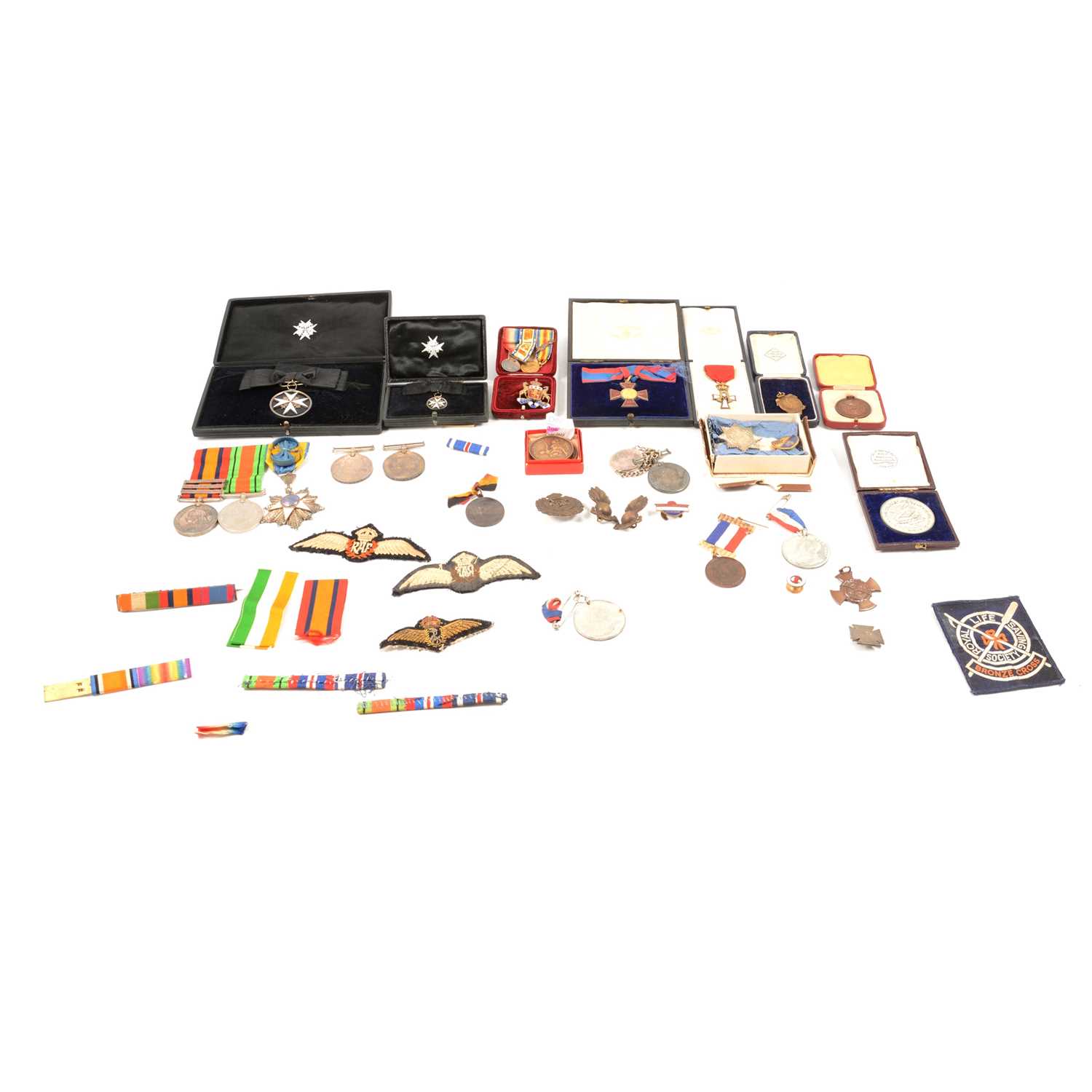
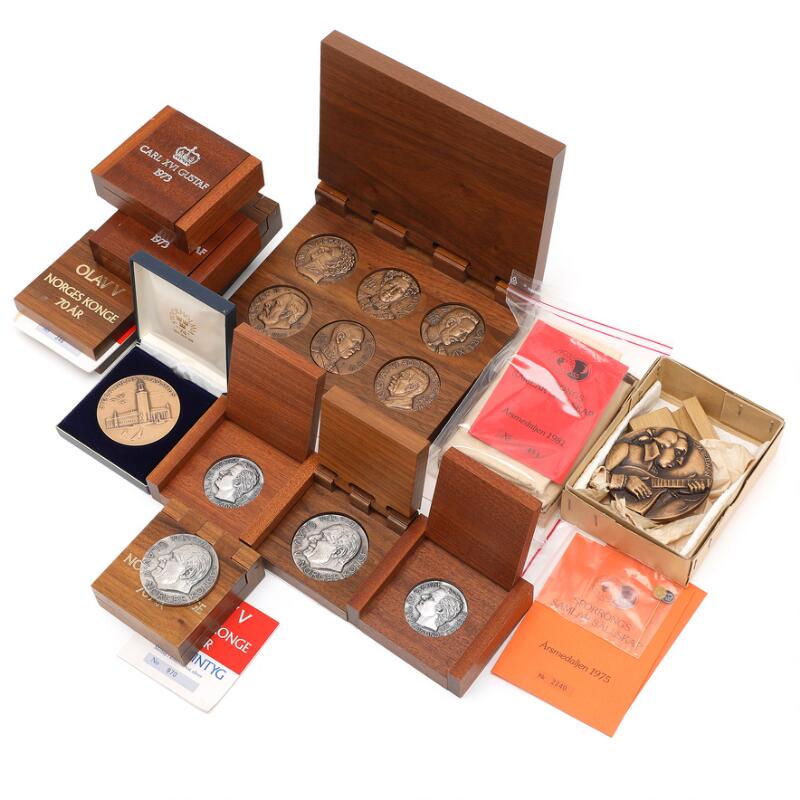
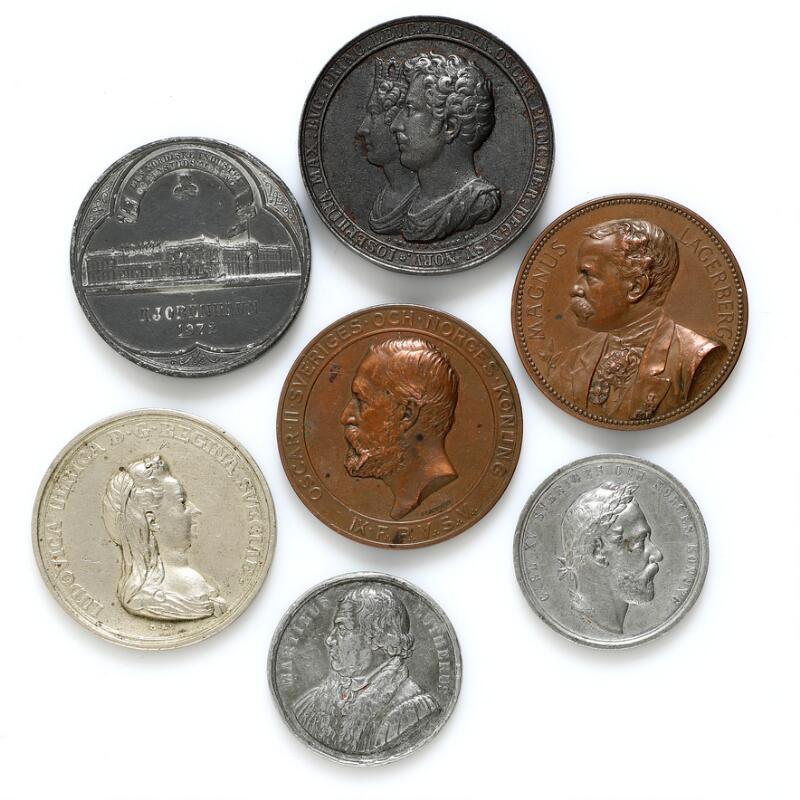
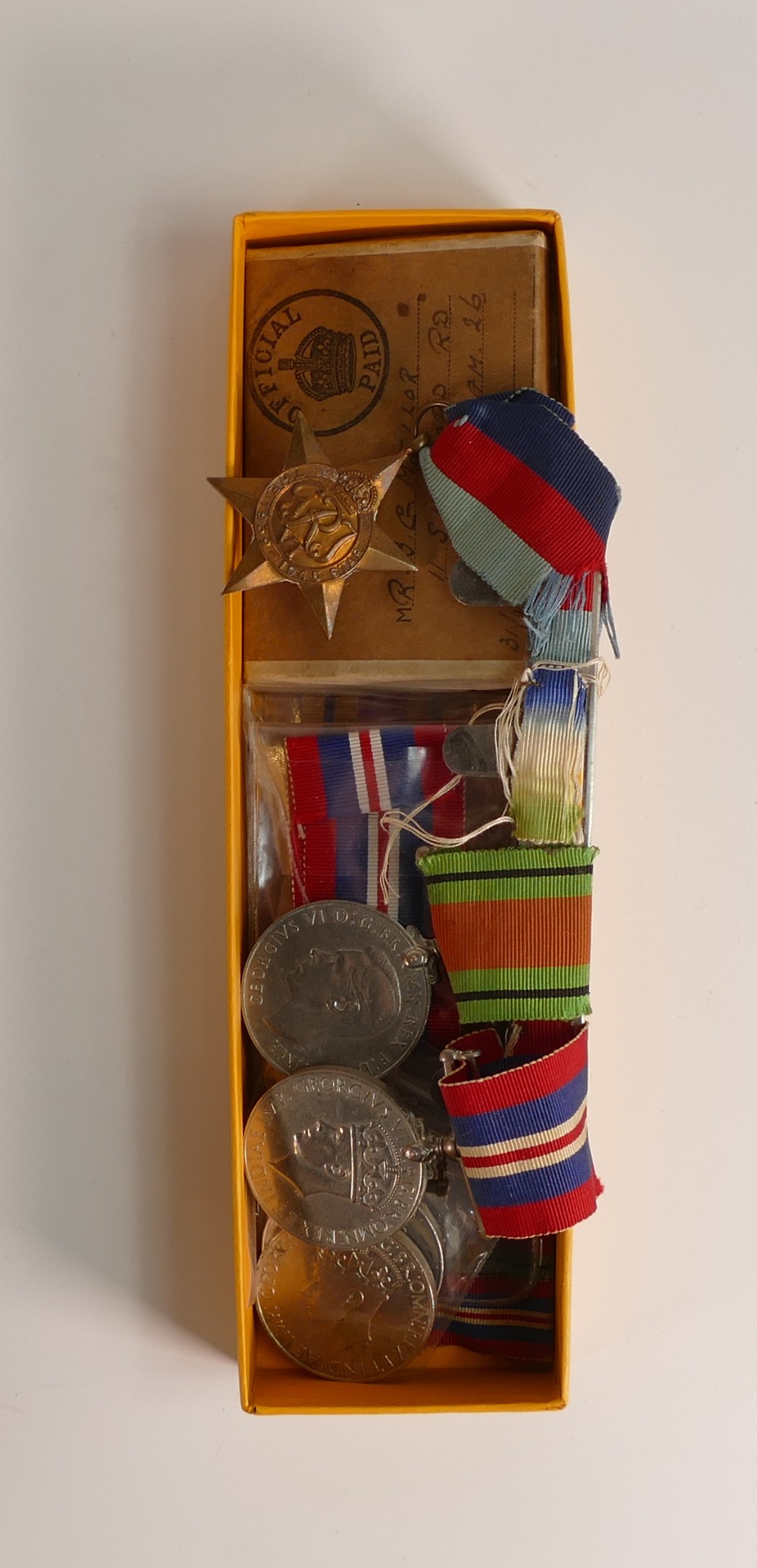

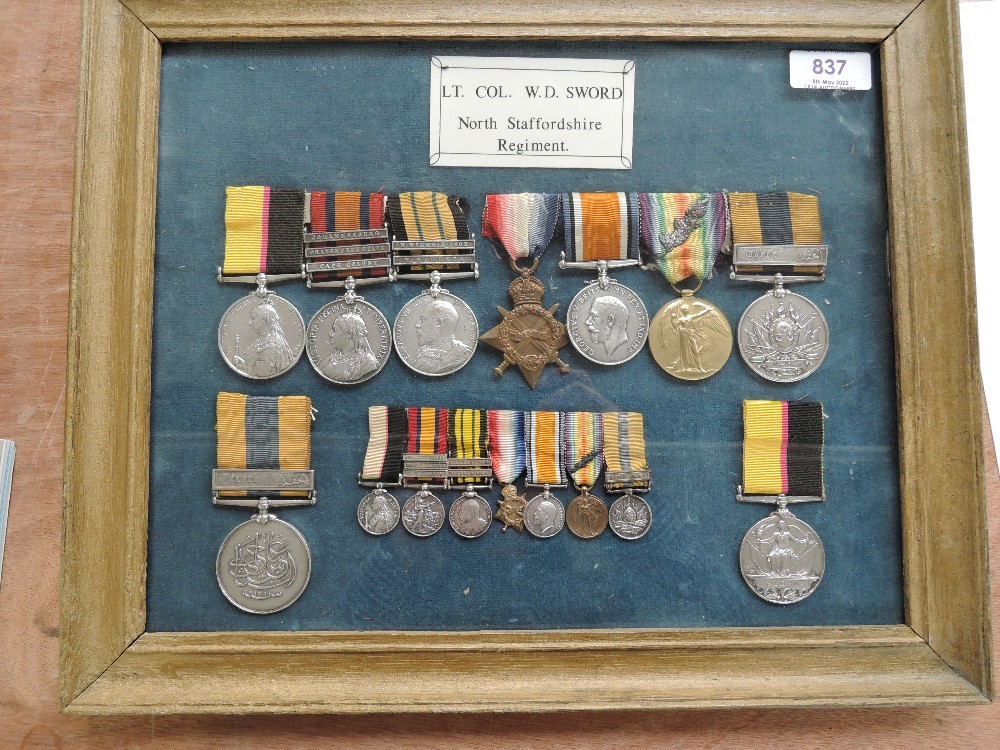



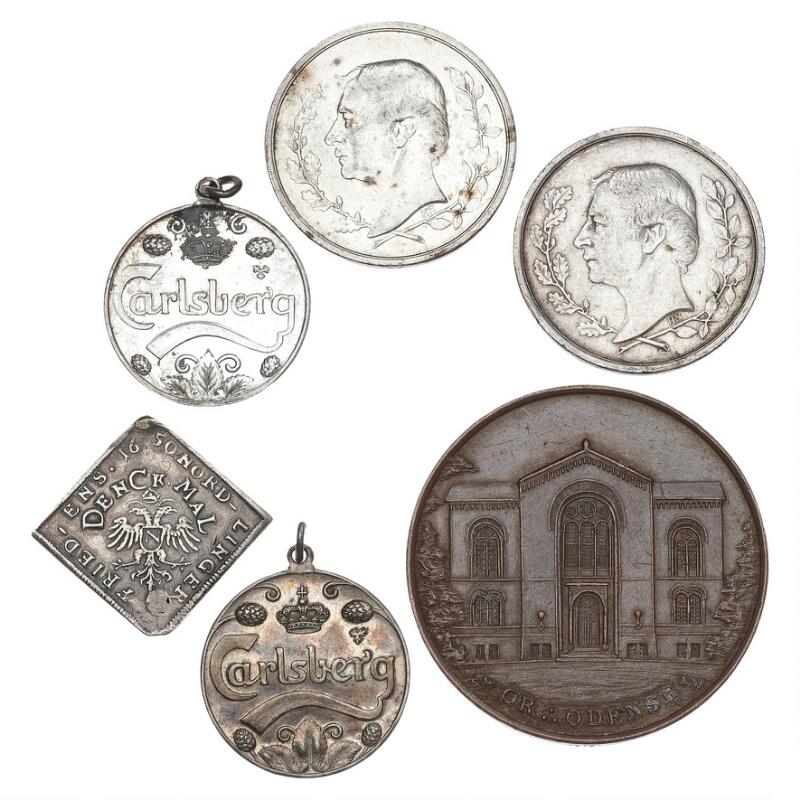

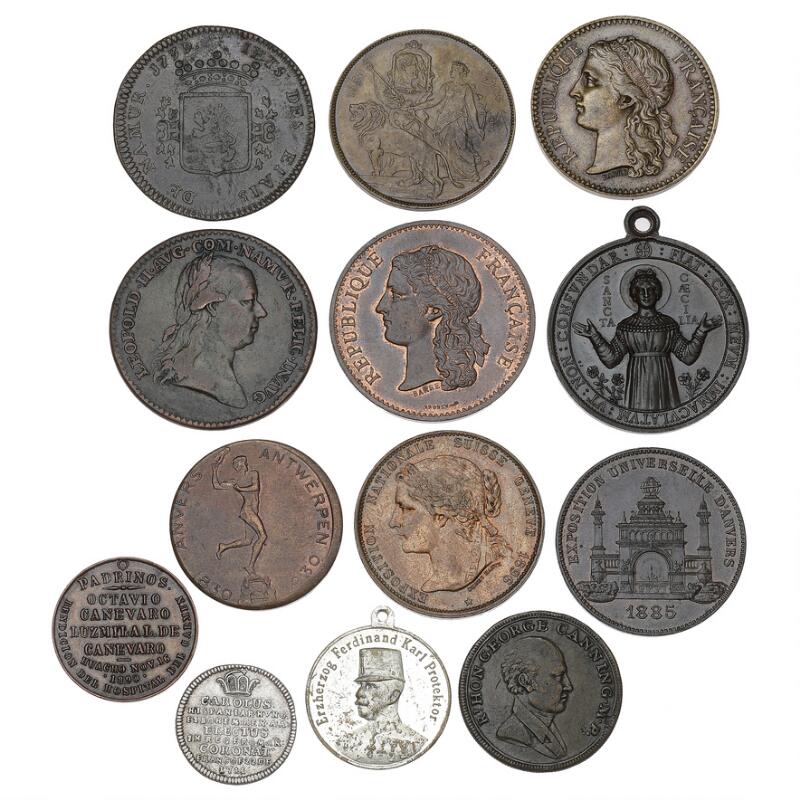
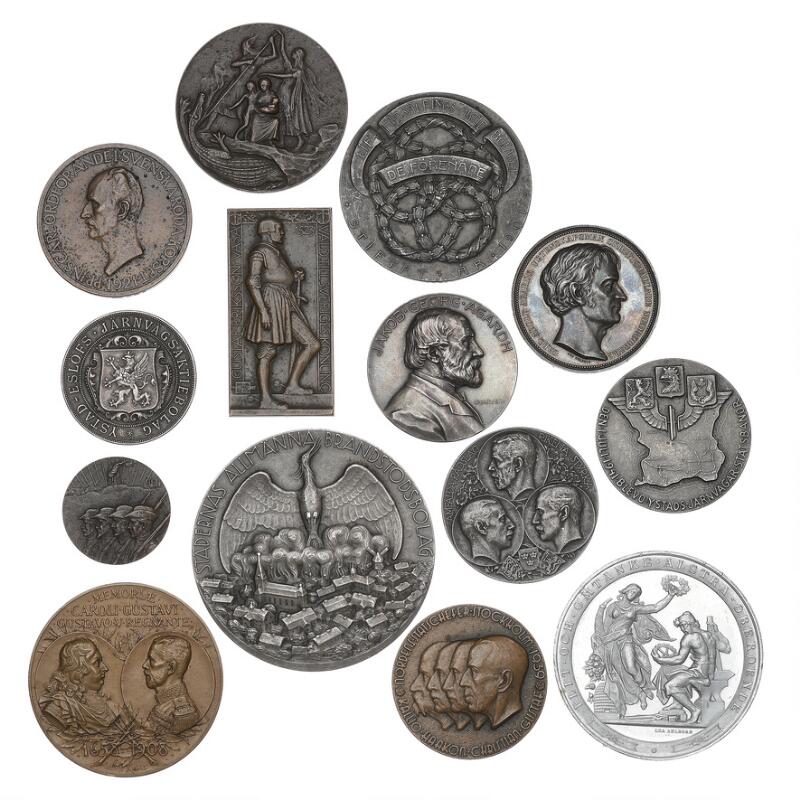
Testen Sie LotSearch und seine Premium-Features 7 Tage - ohne Kosten!
Lassen Sie sich automatisch über neue Objekte in kommenden Auktionen benachrichtigen.
Suchauftrag anlegen